Wasson Peak
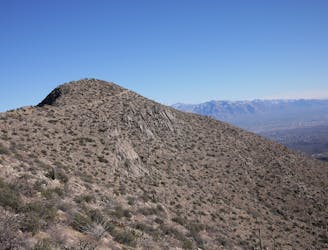
Climb to the highest peak in the Tucson Mountain.
Difficult Hiking
- Distance
- 15 km
- Ascent
- 632 m
- Descent
- 632 m

Choose from nature walks, rugged hikes, and summit ascents––or do them all––in the two districts of Saguaro National Park.
Hiking Moderate, Difficult

Tucson, Arizona is known for year-round sun and stunning desert landscapes. A classic Tucson scene is a blooming cactus garden with a green mountain backdrop––often recreated in urban planters, but found naturally by venturing just outside the city. The desert is alive with hundreds of species of cacti and other desert plants, with the giant saguaro as its most charismatic resident. Their prime habitat is rocky foothills cradling the valley, where they’re bathed in sunshine and watered only occasionally by rain showers. Saguaro National Park protects much of this Sonoran Desert environment and adds many miles of trails for human enjoyment.
The national park has two separate districts, bookending the city to the west and east. The Tucson Mountain District (West) encompasses a cluster of craggy, saguaro-studded peaks that jut up from flatter surroundings. The Rincon Mountain District (East) spans the valley floor to the crest of a mountain range, with cactus forest at the lowest elevations and coniferous forest at the highest.
You’ll find unique experiences in each of the districts. They each have their own main entrance and visitor center, as well as a scenic loop drive and several trailheads. In either district, you can enjoy short walks among lush cacti at the however elevations, like Loma Verde Loop in the east or Valley View in the west. You can look for wildlife like lizards, coyote, javelina, and migratory birds. You can find traces of human history, such as indigenous symbols at Signal Hill, mining ruins like Gould Mine, or ranching relics like Garwood Dam.
In the Tucson Mountains of Saguaro West, you can day hike to the summit of Wasson Peak, or to more modest viewpoints on the Hugh Norris Trail. The Rincon Mountains of Saguaro East are of much greater scale, however, and hiking to any highpoint like Tanque Verde Peak is a committing endeavor. There are more attainable vistas, however, on foothill trails like Douglas Spring, where you may even see ephemeral waterfalls. To choose which district to visit, review these hikes and see what stands out the most. Ideally, you won’t have to choose, however, and can split your time between the two, experiencing the best of both worlds.
Hiking in Saguaro National Park can be enjoyed year-round, but warmer months require planning for the heat. Early morning is the best time, before temperatures have the chance to hit triple digits. The cooler months bring comfortable hiking temperatures nearly any time of day, but the best season for hiking is undoubtedly the spring, when desert flowers bloom. Most blossoms erupt in early spring, while the saguaros wait until mid to late spring to don their flower crowns. Any time of year is enjoyable, though, if you anticipate conditions and plan accordingly.

Climb to the highest peak in the Tucson Mountain.
Difficult Hiking
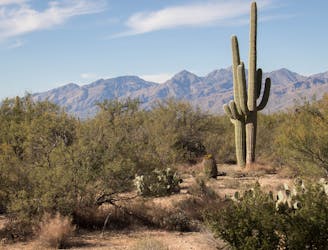
A scenic, varied, and uncrowded loop beginning in the Cactus Forest and climbing to higher views near the foot of the mountains.
Moderate Hiking
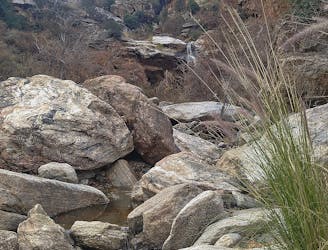
Hike through the foothills beside a rocky ravine, to a waterfall that flows with seasonal rainfall.
Moderate Hiking

Go any distance up the mountain for a sampling of epic views, or make an overnight trip to enjoy the full platter.
Difficult Hiking

Mountainside cactus forest and an old copper mine, plus a backcountry picnic area with a view.
Moderate Hiking
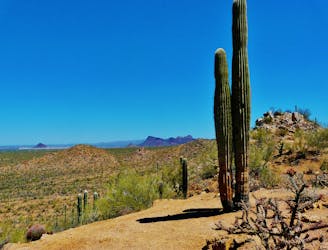
A quick hike through colorful cactus forest, to a panoramic overlook on a hill.
Moderate Hiking
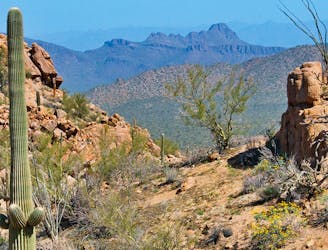
The most scenic route to the top of Wasson Peak, and perhaps in all of Saguaro West.
Difficult Hiking
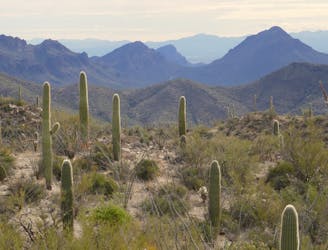
A full-value loop to the highest point in the Tucson Mountains District of Saguaro National Park.
Difficult Hiking
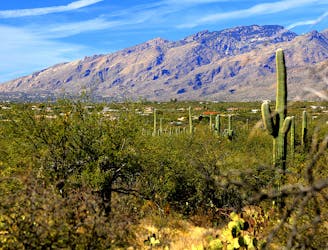
A tour of ranching relics and diverse nature, with views over Tucson from the rocky foothills.
Difficult Hiking
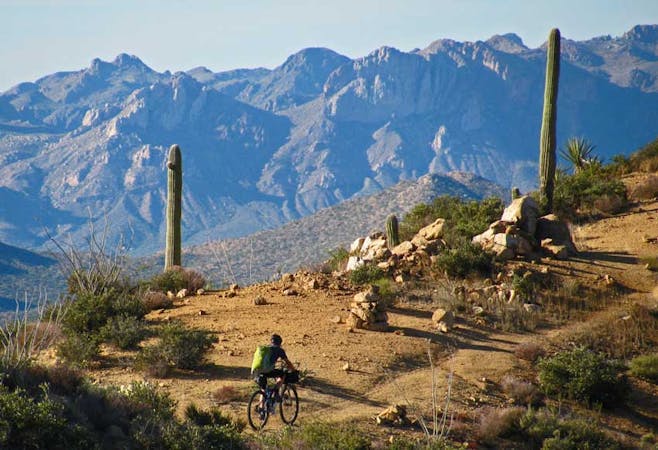
23 routes · Mountain Biking · Hiking
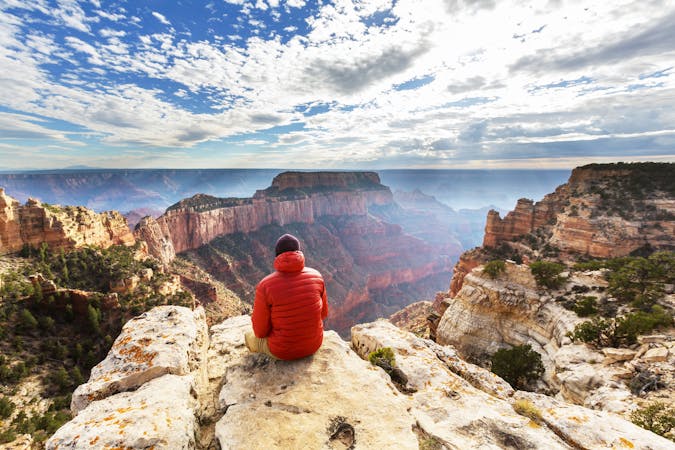
14 routes · Hiking

14 routes · Hiking
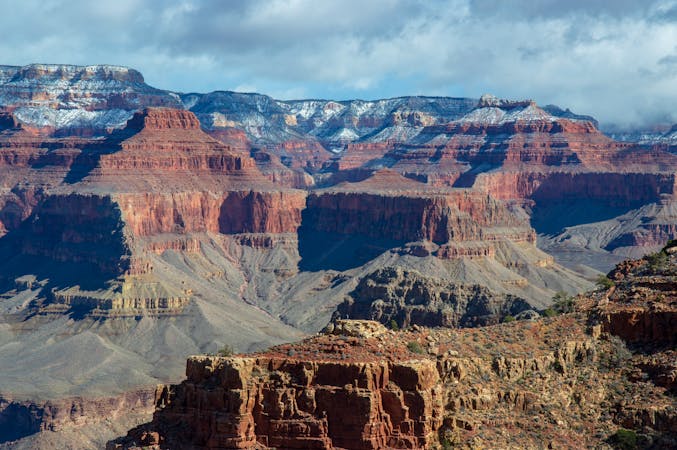
8 routes · Hiking

16 routes · Hiking
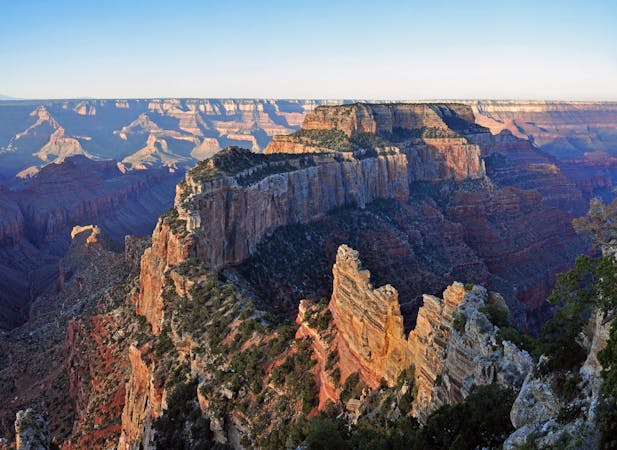
9 routes · Hiking
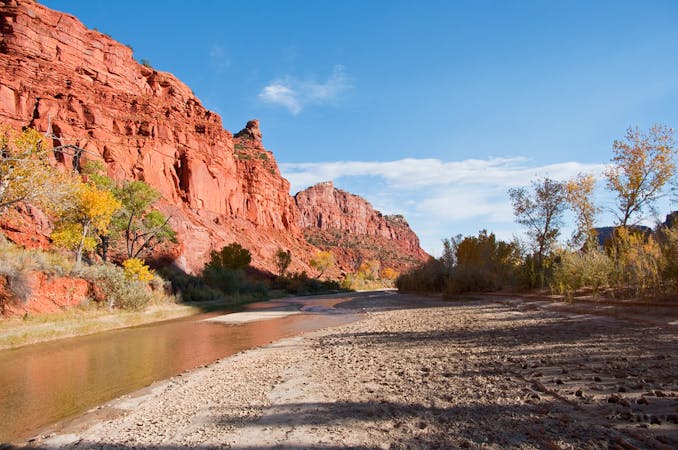
14 routes · Hiking
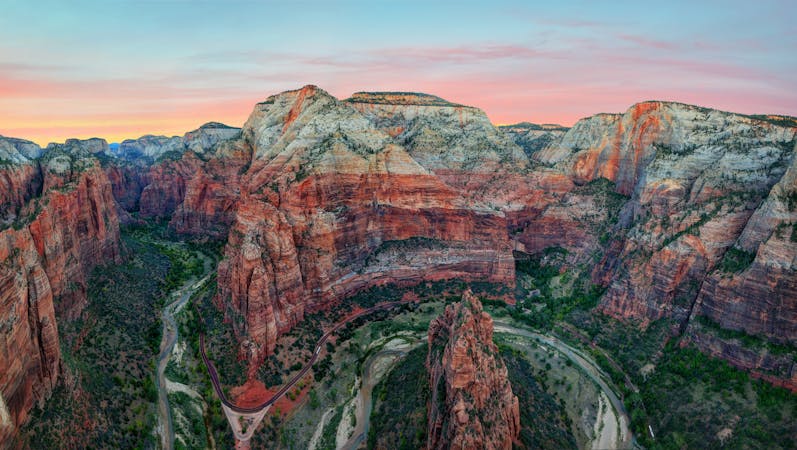
25 routes · Alpine Climbing · Hiking
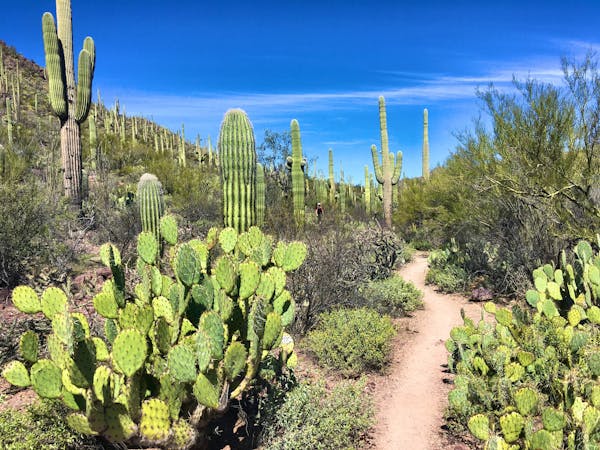
10 routes · Hiking
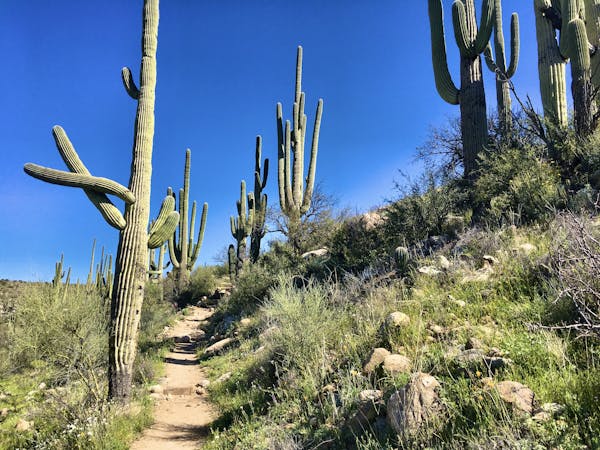
4 routes · Hiking